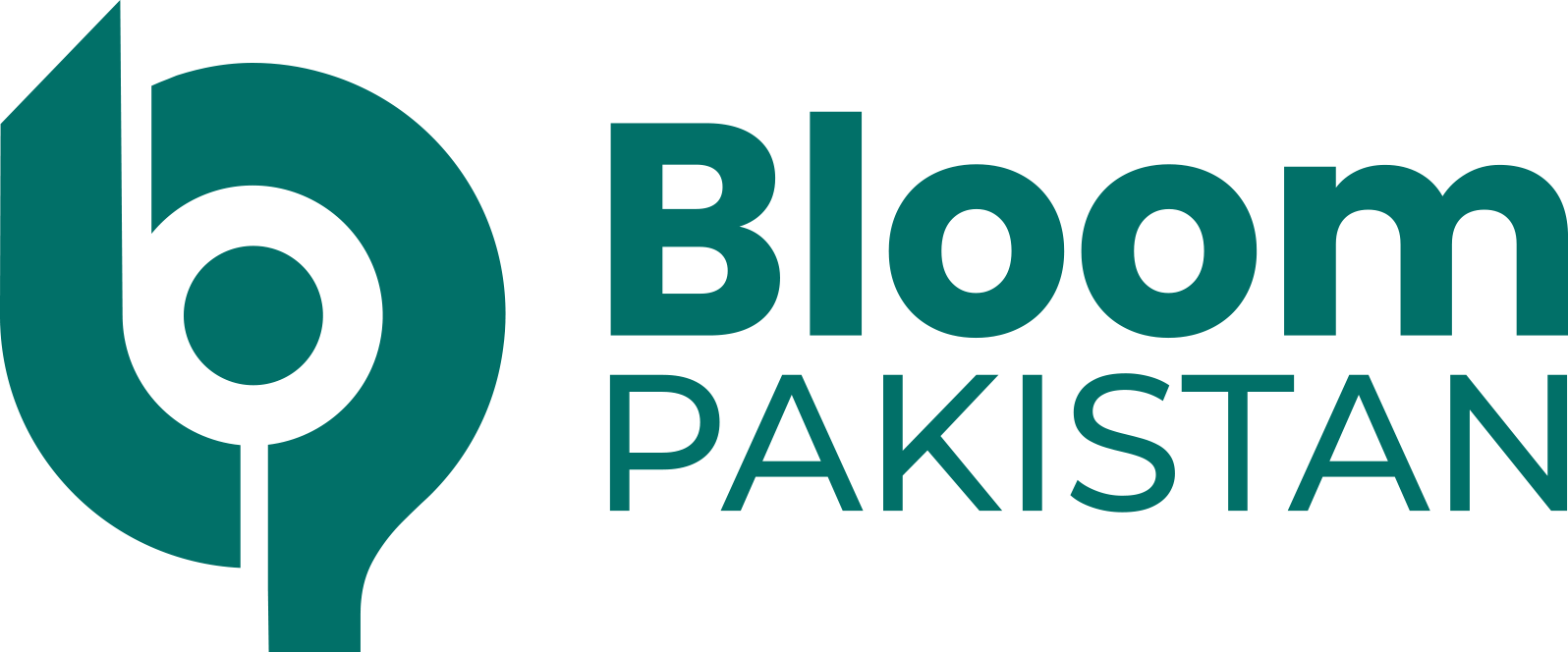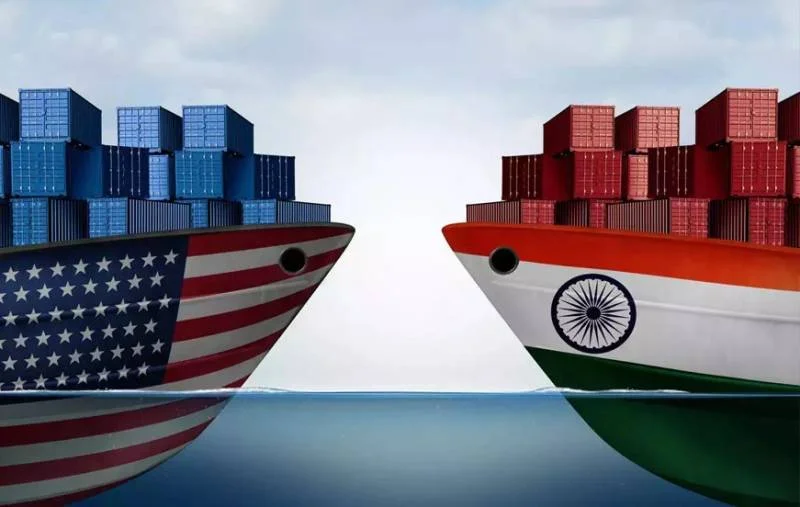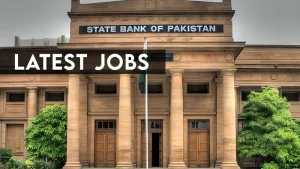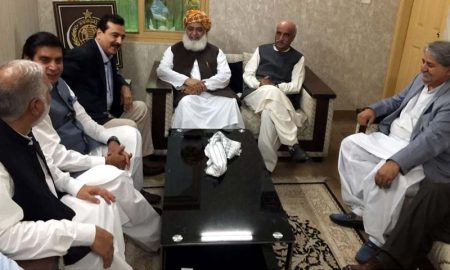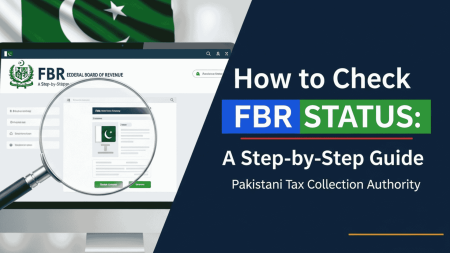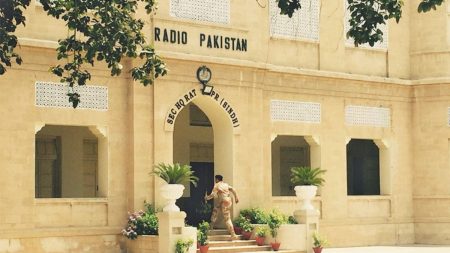Islamabad, Mar 30, 2025: India and the United States have agreed to finalize portions of a bilateral trade agreement by the end of this year, though no commitments were made regarding tariff exemptions for India, the world’s most populous country.
Trade discussions took place in New Delhi this week, just ahead of the implementation of U.S. President Donald Trump’s reciprocal trade tariff policy, set to take effect on April 2. This new tariff regime includes punitive import duties targeting India.
India’s protectionist trade stance and its trade surplus with the U.S. have made it vulnerable to potential retaliatory measures from Washington.
READ MORE:
Trump Seeks US Supreme Court Intervention in Deportation Dispute
However, officials from both nations reached a broad consensus on advancing negotiations toward a mutually beneficial, multi-sector Bilateral Trade Agreement (BTA).
According to a statement from India’s commerce ministry released late Saturday, the objective is to finalize the first phase of the agreement by fall 2025.
During the discussions, both sides exchanged views on enhancing bilateral trade relations by improving market access, lowering tariff and non-tariff barriers, and strengthening supply chain integration.
Credit rating agency India Ratings and Research estimates that the upcoming tariffs could result in a decline of up to $7.3 billion in India’s exports to the United States during the next fiscal year.
Over the past two months, India has taken steps to ease trade tensions with Washington by reducing tariffs on select goods, including luxury motorcycles and bourbon whiskey.
Prior to this week’s trade discussions, reports in Indian media suggested that the government was considering eliminating a levy on online services such as digital advertising.
Additional reports indicated that India was open to reducing tariffs on automobiles, electronic goods, and medical services.
READ MORE:
USA Visitor Visa 2025 – New Rules & Application Process
According to The Indian Express, citing an unnamed government official, both nations achieved “substantial convergence” on key aspects of the bilateral trade agreement. However, the final terms of reference, which would clearly outline the deal’s scope, remain unresolved.
Despite previously criticizing India as “one of the highest tariffing nations in the world,” President Trump later suggested that the bilateral trade negotiations would ultimately reach a favorable outcome for both countries, though he did not provide further details.
